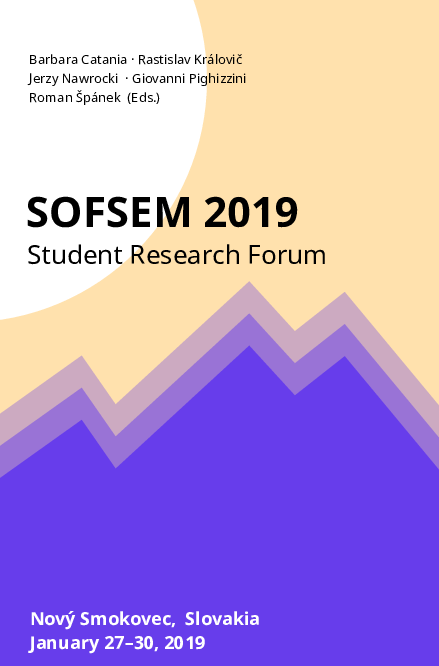45th International Conference on Current Trends in Theory and Practice of Computer Science
Nový Smokovec, Slovakia, January 27-30, 2019
SOFSEM (SOFtware SEMinar) is an annual international winter conference devoted to the theory and practice of computer science. SOFSEM presents the latest results and developments in academic and industrial research in leading areas of computer science. The first SOFSEM was organized in 1974, the list of previous SOFSEMs is available here.
SOFSEM consists of Invited Talks by prominent researchers, Contributed Talks selected from the submitted papers, and the Student Research Forum. The program is organized in plenary talks and parallel tracks devoted to original research in the selected research areas. SOFSEM has a long-standing tradition of facilitating discussions and collegial interactions. SOFSEM is well-known for its familiar and inspiring atmosphere and as a meeting place for active and leading computer scientists. SOFSEM is governed by the Steering Committee.
SOFSEM 2019 consists of three tracks covering major sub-areas of computer science. Original contributions are welcome, presenting new research results in the theory and practice of computer science in each sub-area of SOFSEM 2019.
Foundations of Theoretical Computer Science
chair:
Giovanni Pighizzini (University of Milano)
The track is devoted to the recognized core areas of foundational computer science including the theories and application of algorithms and their complexity, automata and languages, computability, data analytics, formal models, intelligent systems, programming semantics, science-inspired computing and foundations of information and software systems. Original contributions showing the value of fundamental research in areas like artificial intelligence and data science are welcome as well.
Foundations of Data Science and Engineering
chair:
Barbara Catania (University of Genoa)
The track is devoted to all aspects of eliciting, acquiring, modeling, storing, managing, processing, and analyzing data, with a special reference to large-scale datasets. Contributions concerning the nature of data, the techniques used for data management and analysis, the theory for extracting information from data, and the principles for data intensive computing are welcome.
Foundations of Software Engineering
chair:
Jerzy Nawrocki (Poznań University of Technology)
The track presents and discusses the research of novel and innovative methods and technologies to software engineering, including both software product and development process aspects. Methods and tools that support the improvement of software processes and products aim at significantly increasing both the quality of software-intensive systems and the productivity of software development. The track will bring together researchers and practitioners to share innovations and experiences.
The Student Research Forum (SRF) has a long tradition in SOFSEM conferences series. SRF provides Master and PhD students with an opportunity to present, discuss and publish their research and results. Every student paper is reviewed and evaluated by the regular program committee of SOFSEM 2019, thus providing young researchers with a detailed comments and feedback. A student session devoted to student papers will take place during the SOFSEM 2019 conference allowing students to present their results and at the same time to establish new fruitful collaborations. The best student paper and the best poster will be announced and awarded during the SOFSEM 2019closing ceremony. SRF is chaired by Roman Špánek (Technical University of Liberec)
The general chair of Sofsem 2019 is Rastislav Královič (Comenius University in Bratislava)
Invited Speakers
Important Dates
| Paper Abstracts Deadline | extended to August 7, 2018 |
| Full Papers Deadline | extended to August 12, 2018 |
| Notification (Acceptance/Rejection) | |
| Camera-ready Papers | November 5, 2018 |
| Early registration | November 30, 2018 |
| Conference | January 27-30, 2019 |
Accepted papers
The Program Committee stood before the task to assemble a scientific program for the SOFSEM audience by selecting from the 92 submissions entered in the EasyChair system. The submissions were carefully reviewed and discussed, and finally, the following 35 papers have been accepted for presentation as regular research papers.
The preliminary program is available here (pdf).
Additionally, based on the recommendation of the chair of the Student Research Forum, 6 student papers have been accepted for presentation in the SOFSEM 2019 Student Research Forum.
Proceedings
Venue
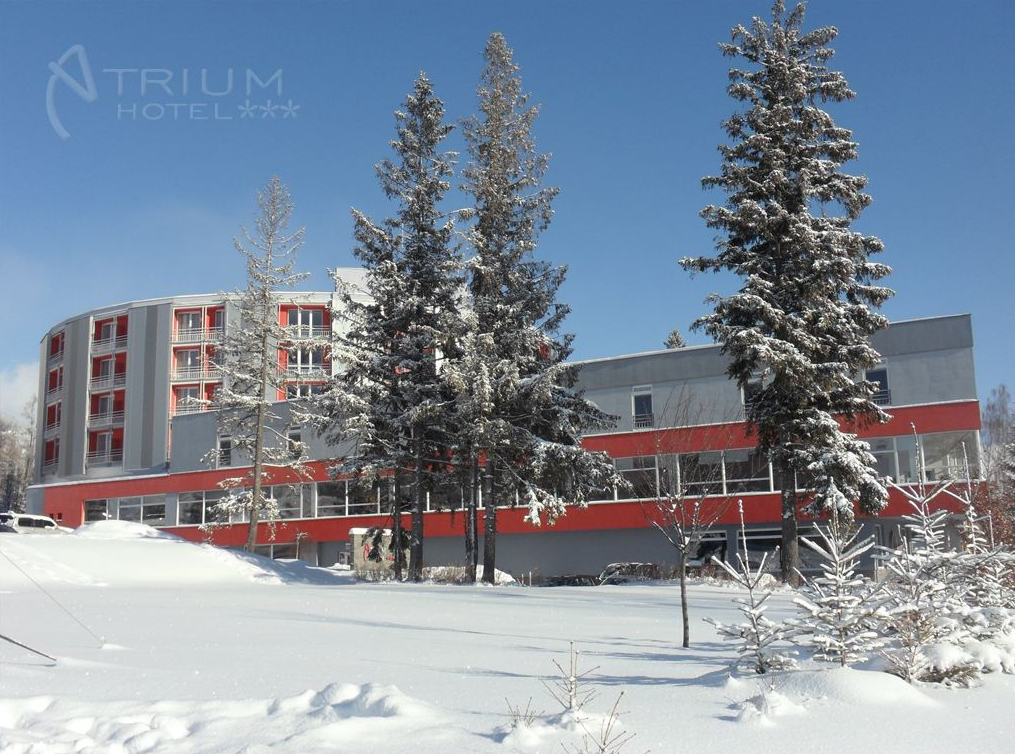
The High Tatras Mountains are the most compact mountains of alpine type in Europe. Located on Slovakia’s northern border with Poland, they have been a popular recreational resort since the 19th century, mainly due to their unique, high mountain climate, and its beneficial effects on the human body. During the winter season the resort offers numerous skiing possibilities. The conference will be held in the Atrium Hotel located at the foothill of the peak Slavkovský štít (2452m). The entry point to the High Tatras is the town of Poprad with regular train connections from airports in Vienna (5 hours), Bratislava (4 hours) Košice (2 hours), and bus connection from Kraków (about 3 hours). The local transportation among the settlements forming the town of Vysoké Tatry is provided by Tatra's Electrical Railways (a mountain narrow-gauge train) with a stop only 50m from the conference hotel. The hotel offers free wifi, free parking, and a host of facilities including bowling track, wine cellar, swimming pool, and a wide range of wellness programs. Only 50 m from the hotel is Jakubkova lúka (Jacob's Meadow), a well-known ski center ideal for children and starter skiers. Hrebienok, a sought-after ski center, is located about 200 m from the hotel. Next to the Hrebienok funicular railway there is the start of a unique attraction of the High Tatras – a 3 km long sledding track with the possibility of unforgettable night sledding. There is also an open ice area located about 150 m from the hotel.
The participants will also have the possibility to visit Kežmarok castle and Nestville park during the Conference trip.
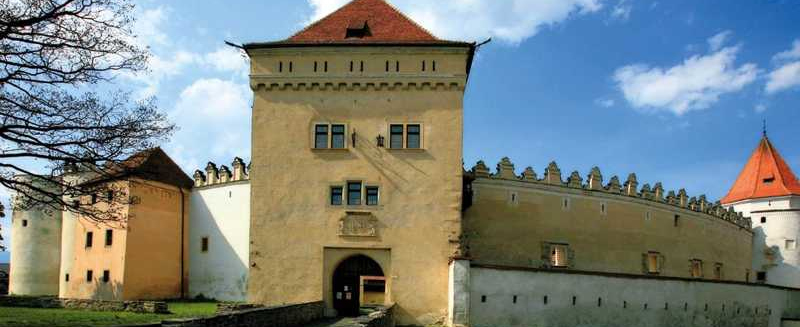
Kežmarok castle
The dominant of the town Kežmarok is the Castle Kežmarský hrad that has entered the history of tourism in the High Tatras as the salient point of the first known tourist trip to this mountain range.
The urban compound of the castle originated in 1463. It was built with the aim to defend the town on the site of the medieval community of Svätá Alžbeta (St. Elisabeth). Built originally by Imrich and Ján Zápoľský in the Gothic style, much stress was laid on the defensive nature of the castle building including thick walls and massive bastions. The castle gained its contemporary Renaissance form after extensive rebuilding which proceeded in various stages in the years 1572, 1575, 1583, and 1624. The last phase was completed by Šebastián Thököly, the founder of the famous family, who invited renowned Italian stonemasons, bricklayers and painters to change the original stronghold into a representative family mansion. The buildings in the castle courtyard were equipped with Renaissance arcades, its sumptuous halls were adorned with wall paintings, and the interior of the castle chapel was renewed in the Early-Baroque style.
Curiosity and courage were properties the noble Princess Beata Laská of Kežmarok Castle certainly possessed. Otherwise she would never have set out on a trip accompanied by several burghers from Kežmarok to the not too distant Snow Mountains (today called the Tatras) in 1565. When the princess returned three days later, after having visited Zelené pleso lake, her angry husband was waiting for her at the gate of the castle. He decided to have the Princess interned in the strongest tower where she passed six long years in extremely hard conditions. The only relief for the unfortunate princess was that the tower had two small windows, one overlooking her beloved Snow Mountains, and the other through which she was given food.
In 1931, the first exposition of the regional Museum of Kežmarok was opened in a part of the castle compound. After general repairs to the castle that took place in the years 1962-1985, its collections were expanded. Visitors can see many expositions and theatre performances in summer nights at the Castle.
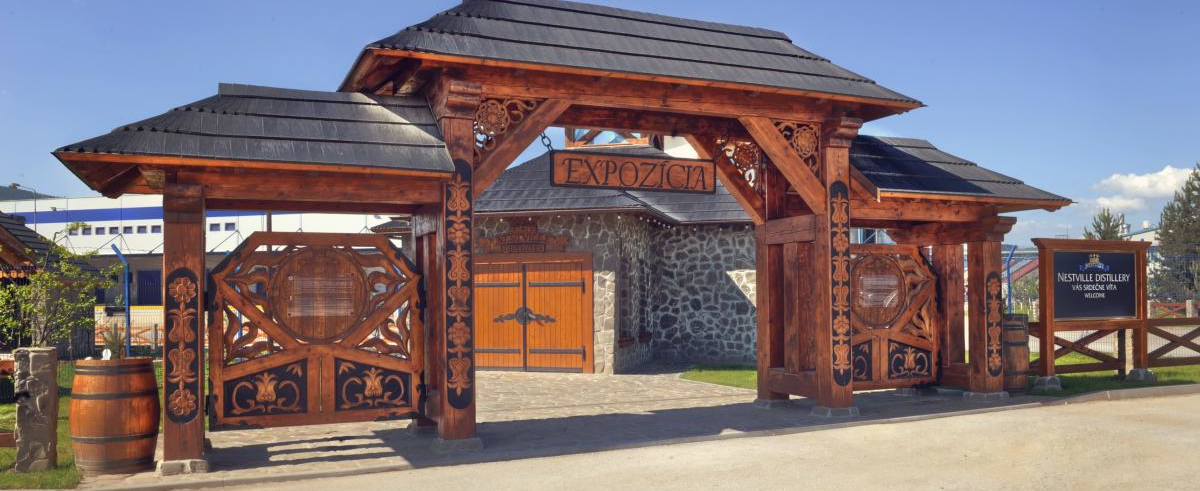
Nestville park
One of decisive reasons why the idea to build this tourist attraction originated was a significant discovery in the extramural settlement of the castle of Ľubovniansky hrad. The discovery was gradually supplemented with historical documents and artifacts showing that the oldest preserved distillery in Slovakia, built in the middle of the 18th century, was located in Stará Ľubovňa. The distillery is also mentioned in the description of the Ľubovňa castle in the Hungarian geographic dictionary dated from 1851. The base of the old distillery has been lying under the castle until now and apparently it is the oldest preserved object of this kind in the territory of Slovakia. Nestville Park is a gate to knowing one of the most picturesque corners of Slovakia.
Our aim is to catch up on the intellectual property and traditions of people from the northern Spiš region and in this way to preserve it for future generations. In addition to learning about the history of the region and its most important events, we would also like to show you exhibitions of historical events which have significantly influenced the production of spirits as well as any related crafts in the northern Spiš region.
At the end of the exhibition visitors may see a spirits-tasting room which is a brilliant work of art of local woodcarvers. There is the biggest carved picture in Europe which took 3 years to be made and it forms the heart of the whole exhibition. Visit to the room is accompanied by a small surprise – a special reward - tasting of a unique drink produced by the company.
How to get there
- From Košice
- Duration: from 1 hour by IC express to 1,5 hours by fast train
- Departures: direct connection from Košice to Poprad-Tatry approximately every 1 to 2 hours
- From Bratislava
- Duration: from 3,5 hours by IC express to 4,5 hours by fast train
- Departures: direct connection from Bratislava hl.st. to Poprad-Tatry approximately every 2 hours
Most international flights arrive to Vienna. There are trains from Vienna (in Vienna, and also in Bratislava and Košice you have to get from the airport to the railway station) with duration from 5 hours by IC express to 6 hours by a fast train. There is direct connection from Wien Hbf to Poprad-Tatry and other connections with transfer in Bratislava hl.st., (note that there are also trains from Vienna to Bratislava-Petržalka; using them, you would have to transfer from Bratislava-Petržalka to Bratislava hl.st. within Bratislava city, which you probably want to avoid). Timetables for Austrian railways, and for Slovak cities are available online. The train ticked should be bookable online 60 days prior departure.
Within the High Tatras resort there is a regular tram connection. The tram operates from the Poprad-Tatry train station, and departs to Nový Smokovec ( about 0.5 hour duration ) approximately every 1 hour. You can use the same page as for other connections from Slovak cities. The access to the platform for this train is upstairs from the hall in the railway station building: (inside Poprad-Tatry railway station). Take a train directed to Štrbské Pleso. When leaving the station Starý Smokovec, prepare yourself for getting off at the next stop Nový Smokovec. After getting off, you will find yourself 50 meters from the entrance to the Atrium hotel When travelling by Tatras Electrical Railways, you must validate your ticket in a machine in the train.
Registration
For registering, please, fill in the following registration form. The early registration deadline is November 30. The regular conference fee covers attendance to lectures, accomodation for 5 nights in a double room (arrival on January 26, departure on January 31) with full board (starting with dinner on January 26 and ending with breakfast on January 31), a copy of proceedings, and participation in social events. The registration fees are as follows:
| Early (before November 30) | Late (after November 30) | |
| regular | 730 € | 780 € |
| student | 600 € | 650 € |
| regular SSCS (SISp) | 700 € | 750 € |
Optionally, accomodation in a single room can be purchased for 120 €. Accompanying persons can register (400€) for accomodation with full board and social events. All fees are payable by wire transfer using the details included in the registration form.
Organization
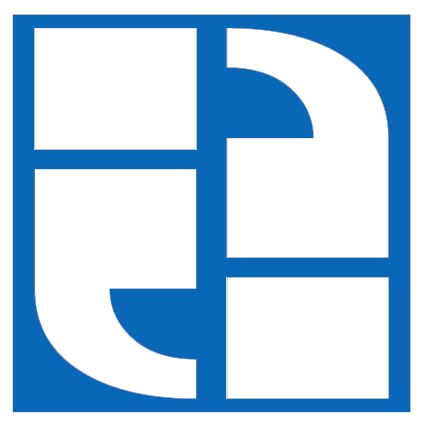
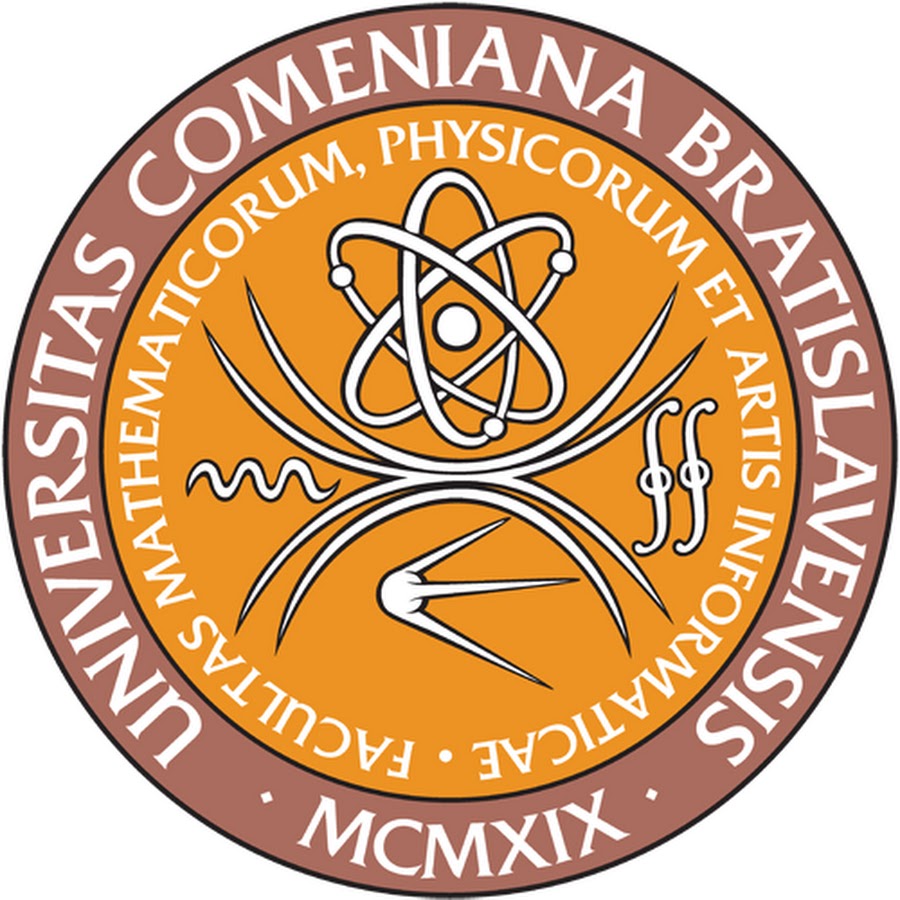
Dana Pardubská
Dep. of Computer Science,
Comenius University, Bratislava,
FMFI UK, Mlynská dolina,
84248 Bratislava, Slovakia
pardubska@dcs.fmph.uniba.sk
Sponsors


